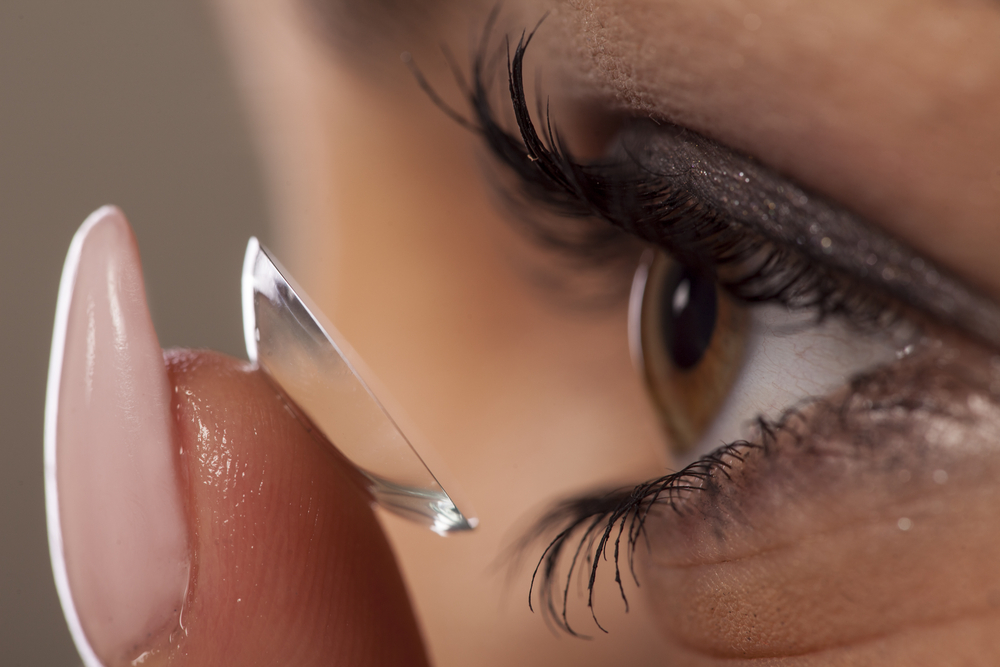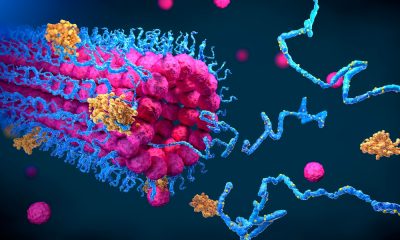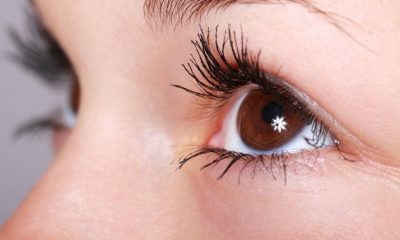Every contact lens wearer must have experienced dry eye conditions brought on by the ocular devices, at least once since they started using them. Now, an innovative contact lens prototype aims to make contact lens-induced dry eye (CLIDE) a thing of the past.
A group of researchers from California’s Terasaki Institute for Biomedical Innovation (TIBI) has created what are perhaps the ultimate contact lenses by adding microchannels in each lens to allow the movement of tears. Their findings have been published in the journal Small.
Ingeniously, the lenses only require normal eye blinking to facilitate tear flow. The researchers believe their invention can alleviate the discomfort, visual impairment, and risk of inflammation that millions of contact lens users suffering from CLIDE are subjected to.
According to EurekaAlert, there are 140 million contact wearers around the world of which 30%-50% suffer from CLIDE.
CLIDE is mainly caused by the restricted flow of tears from the contact lens’s outer surface to the surface isolated behind the lens. It can lead to excessive tear evaporation and CLIDE-related problems.
Current treatments include rewetting drops, gels, or lubricants, more frequent lens replacement, or changes in the lens material, the outlet reported.
“There are also eyelid treatments, such as eyelid massage and warm compresses. In more severe cases, physical stimulation of the tear glands may be utilized, as well as the use of punctum plugs, devices inserted into tear ducts to block drainage. Efficacy varies among these treatments, however, there may also be potentially harmful accumulations of drugs in the body, and the non-user-friendly methods contribute to patient noncompliance,” the researchers wrote, as per the outlet.
Previous improvements in lenses include graphene-coated lenses that claimed to minimize moisture loss and self-moisturizing lenses stimulated with metallic electrodes. But the device was costly and impractical, and may compromise patient safety and comfort, according to the researchers.
The TIBI team designed contact lenses in a way that uses microchannels to facilitate tear flow movement to avoid dry eye. Moreover, the flow is maintained by the pressure exerted on the lens by normal eye blinking, meaning there is no need for external devices.
“The inventive methods that our team has employed bring a potential solution for millions of people,” Ali Khademhosseini, TIBI’s Director and CEO, said. “It is the hope that we may extend our efforts to bring this solution to fruition.”
Decorative contact lenses are a category of contact lenses that needs to be addressed. Halloween parties, cosplays, and other themed events are some of the occasions where these lenses are popular. The lenses are generally used to give unique shapes and colors to the eyes to match the overall look. The U.S. Food and Drug Administration (FDA) has warned against the dangers of these contact lenses.
















